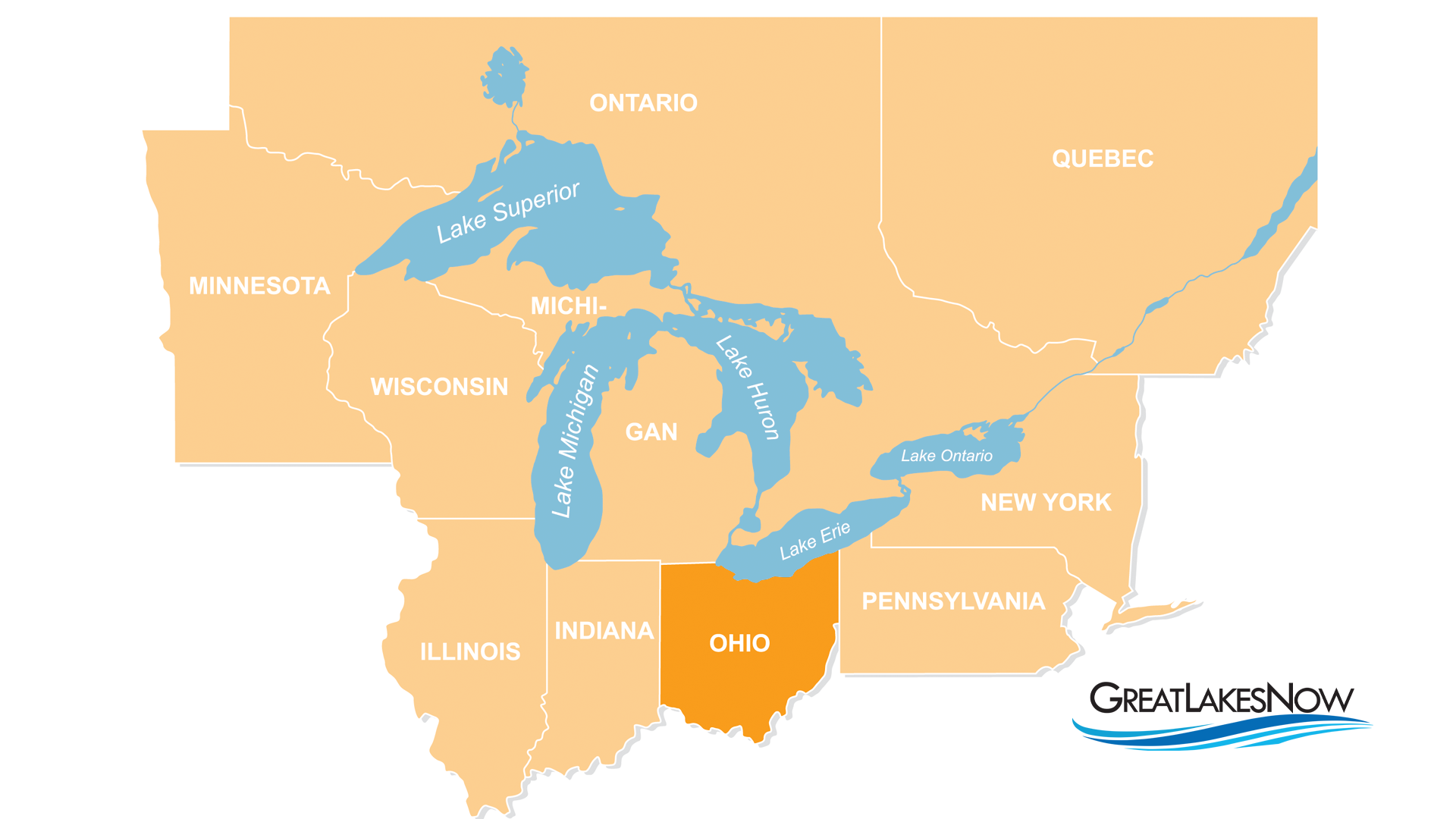
By Stephanie Metzger-Lawrence, Ideastream Public Media
This story was originally published by Ideastream.
Cleveland Mayor Justin Bibb and Cuyahoga County Executive Chris Ronayne want stronger federal clean car standards to protect Northeast Ohioans from health problems resulting from air pollution.
“We call on the EPA to enact the strongest possible clean car standards and urge them to finalize this rule this March,” Bibb said at a press conference Friday.
Proposed federal clean car standardsfor new vehicles call for 67% of new car and light duty car sales being electric vehicles by 2032. The standards were drafted and introduced in April 2023 but have not yet been adopted. The standards would be phased in for vehicles from model years 2027 through 2032.
Bibb said transportation emissions are plaguing populations in Cleveland, which is a nonattainment zone for ground-level ozone, a type of pollution created by combustion vehicles. Nonattainment zones are areas where air pollution levels persistently exceed national ambient air quality standards, according to the EPA.
Carbon emissions can contribute to asthma in all ages and also “creates more of our residents being chronically ill in terms of their vulnerability to lack of good air quality in our city,” Bibb said.
Bibb also called on Cleveland businesses to advance their clean energy standards, adding that the city is working with the private sector to incentivize use of electric vehicles. There are also plans to add more public EV charging stations.
The Northeast Ohio Areawide Coordinating Agency recently announced funding to increase public EV charging stations county-wide, said Mike Foley, director of sustainability for Cuyahoga County. Foley said the county hopes access to more chargers will alleviate “range anxiety” and reluctance among those considering EVs.
“I think innovation is going to happen at the metro level,” Ronayne said. “From an innovation standpoint, it’s going to be local application.” Ronayne listed supply chain factors like EVs, chargers and transportation equipment.
Dr. Peggy Ann Berry, a member of the Alliance of Nurses for Healthy Environments, said combating climate change needs to start with the transportation industry. Gas-burning vehicles are the country’s largest source of carbon pollution and contribute to more than 55% of its nitrogen oxide pollution.
She noted that Cuyahoga County has high ozone and particulate pollution levels, which the National Oceanic and Atmospheric Administration says are linked to chronic bronchitis, asthma and premature deaths. Berry said there are 15,000 children and more than 104,000 adults suffering from asthma in Cuyahoga County.
“Low-income and communities of color bear the brunt of air pollution in this climate crisis,” she said, adding that investing in electric mass transit would make a significant difference. “Pollution from cars and buses, they dirty our air, threaten our health and can lead to increased respiratory diseases like asthma. Electric cars produce zero tailpipe pollution and protect our health and our families’ budgets.”
Foley also pointed to data showing weather that it is hotter and wetter in recent years than it was a century ago, affecting the environment and public health.
“The data points to a need for change,” Foley said.
Catch more news at Great Lakes Now:
Mandated East Palestine creek cleanup is entering final phase, environmental officials say
Lake Erie is 13% frozen, expect less freezing in the future
Featured image: Graphic by Kim Frank




